Exercise 37. Identify the type of each shot
1. bird’s eye angle 2. close-up (CU) 3. dissolve 4. Dutch angle
5. extreme close-up (ECU / XCU) 6. high angle 7. long (LS) / wide (WS)
8. low angle 9. mid / medium (MS) 10. over-the-shoulder (OSS)
11. point-of-view (POV) / subjective camera 12. reverse 13. shot-reverse-shot
14. worm’s eye angle
A. 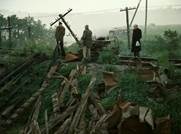 B.
B. 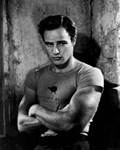 C.
C. 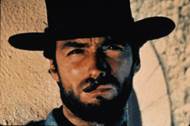
D. 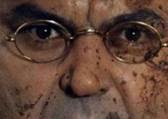 E.
E. 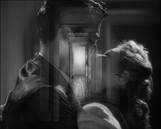 F.
F. 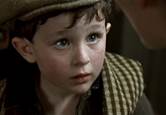
G. 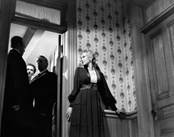 H.
H. 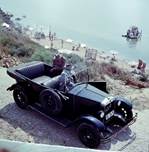 I.
I. 
J.  K.
K. 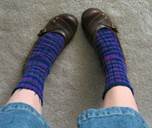 L.
L. 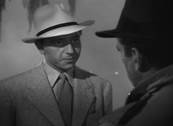
M. 
READING, COMMUNICATION
AND WRITING
Exercise 38. Select a movie you are going to review. The following questions should help
You in your critical evaluation of the film. In pairs, complete a journal on
The chosen film.
BACKGROUND
· Who is the writer of the film? Has the screenplay been adapted from another work?
· Who is the director?
· When was the film made?
STRUCTURE / FORM
· What does the title mean in relation to the film as a whole?
· How are the opening credits presented? Do they relate to meaning?
· Why does the film start this way?
· Are there any motifs, scenes, images, bits of dialogue which are repeated? What purpose do they serve?
· What three or four sequences are most important for the film? Why?
· Is sound used in any vivid ways to enhance the film (i.e. enhance drama, heighten tension, disorient the viewer, etc.)?
· How does the film use color or light / darkness to suggest tone and mood in different scenes?
· Is there any striking use of perspective (seeing through a character’s eyes, camera angles, etc.)? How does this relate to the meaning of the scene?
· How and when are scenes cut? Are there any patterns in the way the cuts function?
· What specific scene constitutes the film’s climax? How does this scene resolve the central issue of the film?
· Does the film leave any disunities (loose ends) at the end? If so, what does it suggest?
· Why does the film end with this particular image?
THEME
· How does this film relate to the issues and questions evoked by the topic of your essay?
· Does the film present a clear point of view on your topic? In what way?
· Are there any aspects of theme, which are left ambiguous at the end? Why?
· How does this film relate to the other literary texts you have read on your topic (or in class this year or on your own)?
READING,
VOCABULARY AND WRITING
Exercise 39. a) Read the article and translate the highlighted words into Russian.
How to Write a Film Review
A film review is a type of review that provides a short description of a film and includes the reviewer’s opinion about it. A film review can be formal or informal. When talking about an academic writing assignment, a scholarly film review should definitely use formal language.
